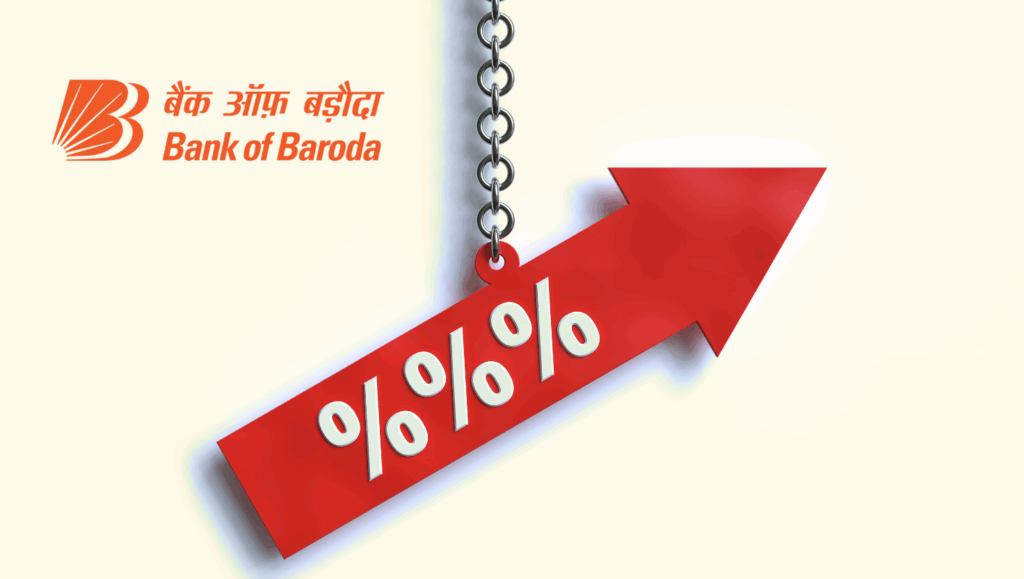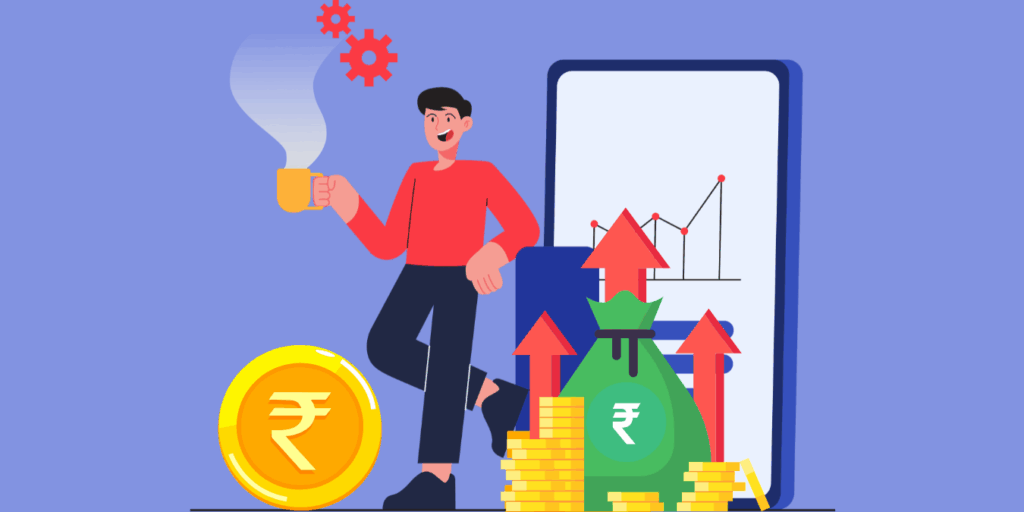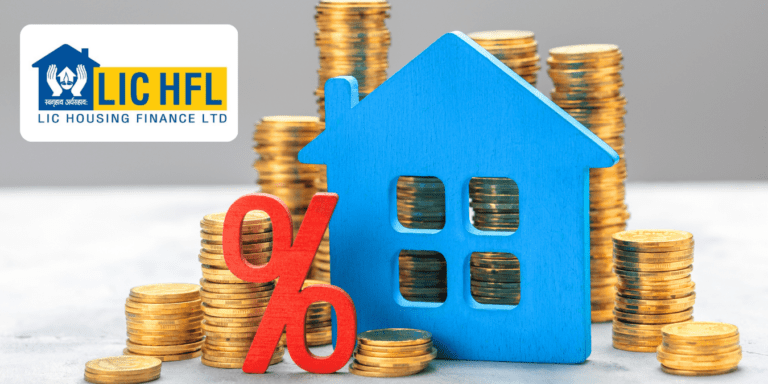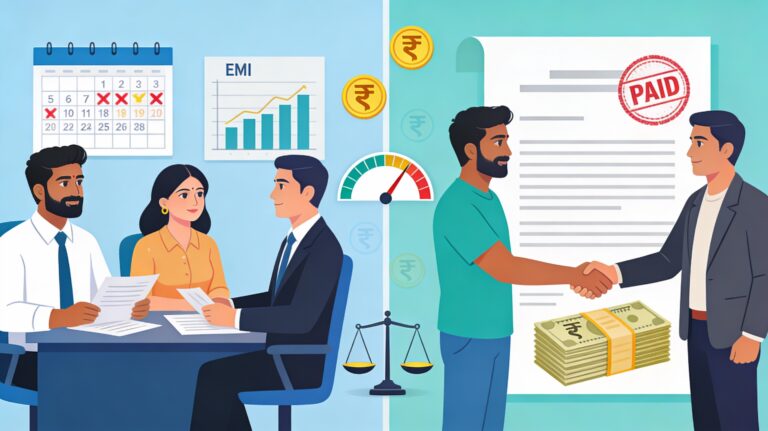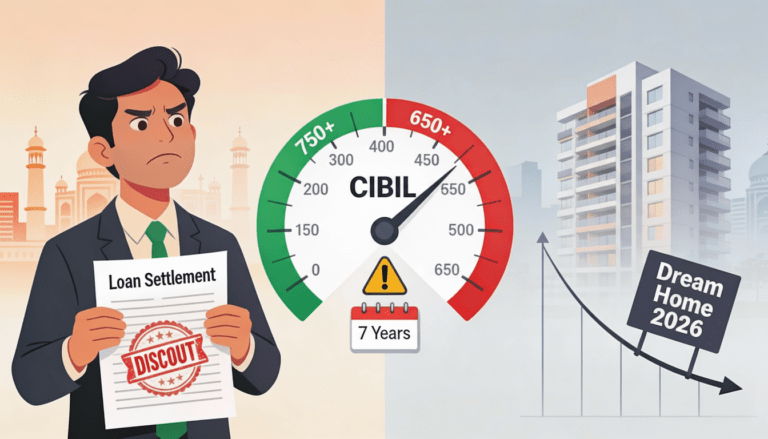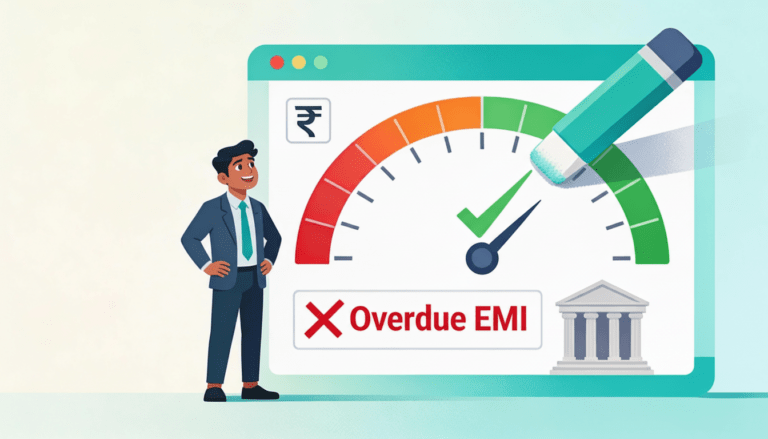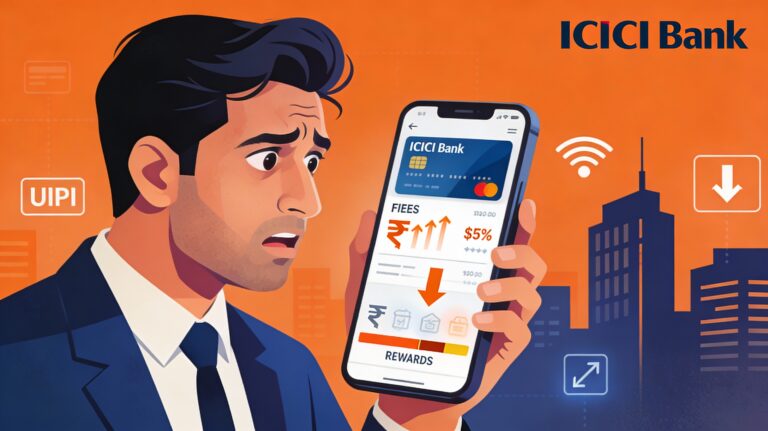
“Wondering when a bank loan default turns criminal in India? Learn about wilful defaulters, cheque bounce cases under Section 138 NI Act, and fraud implications. Know the legal thresholds that differentiate civil liability from criminal prosecution in loan defaults. Protect your rights with expert insights!”
In India, personal loans, home loans, and other forms of credit are essential financial tools that help individuals and businesses achieve their goals. However, failing to repay a loan can lead to serious consequences, including legal action. A common question among borrowers is: At what point does a bank loan default become a criminal case in India? This blog post explores the nuances of loan defaults, the legal framework, Reserve Bank of India (RBI) guidelines, and the circumstances under which a civil matter escalates to a criminal case. Packed with the latest data and insights, this guide aims to clarify borrower rights, lender actions, and preventive measures.
Understanding Loan Default in India
A loan default occurs when a borrower fails to meet the repayment obligations outlined in the loan agreement, such as missing Equated Monthly Installments (EMIs). Defaults can happen due to financial hardship, job loss, medical emergencies, or poor financial planning. In India, loan defaults are initially treated as civil matters, meaning they involve disputes between the borrower and lender, typically resolved through negotiations, restructuring, or civil court proceedings. However, under specific conditions, a default can escalate into a criminal case.
Key Statistics on Loan Defaults in India
- According to the RBI Financial Stability Report (December 2024), the gross non-performing assets (NPAs) of scheduled commercial banks stood at 2.8% of total advances, reflecting a decline from 3.9% in 2022, but NPAs remain a concern for personal and unsecured loans.
- The Insolvency and Bankruptcy Board of India (IBBI) reported that over 7,500 cases were resolved under the Insolvency and Bankruptcy Code (IBC), 2016, by September 2024, indicating a robust recovery mechanism for lenders.
- CIBIL data (2024) shows that a single missed EMI can reduce a credit score by 50-100 points, and consistent defaults can push scores below 600, labeling borrowers as high-risk.
When Does a Loan Default Become a Criminal Case?
Loan defaults in India do not automatically lead to criminal charges. The transition from a civil to a criminal case depends on the nature of the default, the borrower’s intent, and specific actions taken during the repayment process. Below are the key scenarios where a default may attract criminal liability:
1. Cheque Bounce Cases (Section 138, Negotiable Instruments Act, 1881)
One of the most common triggers for criminal proceedings in loan defaults is a bounced cheque. When borrowers issue post-dated cheques (PDCs) for EMI payments, and these cheques bounce due to insufficient funds, lenders can initiate action under Section 138 of the Negotiable Instruments Act, 1881.
- Conditions for Criminal Liability:
- The cheque must be presented within three months of its issuance or before its validity expires.
- The lender must issue a demand notice within 30 days of the cheque bouncing, giving the borrower 15 days to settle the amount.
- If the borrower fails to pay within this period, the lender can file a criminal case within 30 days of the notice period’s expiry.
- Punishment:
- Imprisonment for up to two years, a fine up to twice the cheque amount, or both.
- Latest Data:
- As per the National Judicial Data Grid (2024), over 20 lakh cheque bounce cases are pending in Indian courts, with a significant portion linked to loan repayments.
2. Willful Default
A willful default occurs when a borrower deliberately avoids repayment despite having the financial capacity to pay. The RBI defines a willful defaulter as someone who:
- Has the ability to repay but chooses not to.
- Diverts loan funds for purposes other than those specified in the loan agreement.
- Disposes of or misrepresents assets pledged as collateral without lender consent.
- Fabricates financial records to avoid repayment.
- Legal Consequences:
- Lenders can file criminal charges under Sections 403 (dishonest misappropriation of property) and 415 (cheating) of the Indian Penal Code (IPC), 1860.
- If fraud is proven, Section 420 (cheating and dishonestly inducing delivery of property) may apply, leading to imprisonment for up to seven years and fines.
- Process:
- The lender must notify the borrower and involve a Grievance Redressal Committee to assess the default.
- The borrower is given 15 days to respond before being labeled a willful defaulter.
- Impact:
- Willful defaulters face a five-year ban on accessing credit, capital markets, or starting new ventures, per RBI guidelines.
3. Fraudulent Intent at Loan Inception
If a borrower secures a loan with fraudulent intent—such as submitting fake documents, misrepresenting income, or intending not to repay from the outset—criminal charges can be filed immediately upon discovery. This falls under Section 420 of the IPC and may also attract penalties under the Companies Act, 2013, if the borrower is a corporate entity.
- Example:
- In Satishchandra Ratanlal Shah vs. State of Gujarat (2019), the Supreme Court ruled that mere inability to repay a loan does not constitute criminal liability unless fraudulent intent is proven at the loan’s inception.
4. Misuse of Loan Funds
If a borrower diverts loan funds to unauthorized purposes (e.g., using a business loan for personal expenses), it may be treated as criminal breach of trust under Section 405 of the IPC. This can lead to imprisonment for up to three years, a fine, or both.
Timeline of a Loan Default: From Civil to Criminal
Understanding the stages of a loan default helps clarify when criminal proceedings may arise. Here’s a typical timeline based on RBI guidelines and legal processes:
- Missed EMI (0-30 Days):
- The lender sends reminders via SMS, email, or calls.
- Late payment fees and penal interest are applied.
- Credit score drops by 50-70 points per missed EMI.
- Non-Performing Asset (NPA) Classification (90 Days):
- After 90 days of non-payment, the loan is classified as an NPA.
- Lenders issue a formal notice, offering options like loan restructuring or extended tenure.
- Legal Notice and Recovery (90-180 Days):
- If repayment remains unresolved, the lender may:
- Engage recovery agents (following RBI’s Fair Practices Code).
- File a civil suit for recovery.
- Present post-dated cheques, initiating a cheque bounce case if applicable.
- For secured loans, the SARFAESI Act, 2002, allows lenders to seize collateral after a 60-day notice.
- If repayment remains unresolved, the lender may:
- Criminal Proceedings (180+ Days):
- If a cheque bounces or willful default is established, the lender files a criminal case.
- Courts may issue summons, and failure to respond can lead to adverse rulings.
Borrower Rights During Loan Default
The RBI emphasizes borrower protections to ensure fair treatment during recovery. Key rights include:
- Right to Notice: Lenders must provide a 30-day notice before classifying a loan as an NPA and a 60-day notice before asset seizure under the SARFAESI Act.
- Right to Fair Treatment: Recovery agents cannot use harassment, threats, or abusive language. Visits are restricted to 7 AM-7 PM.
- Right to Restructure: Genuine defaulters can request EMI reductions, tenure extensions, or moratoriums (e.g., 3-6 months for unforeseen circumstances).
- Right to Grievance Redressal: Borrowers can approach the Banking Ombudsman or file complaints with the RBI for unfair practices.
- Right to Avoid Imprisonment for Civil Defaults: As per RBI guidelines and Supreme Court rulings, genuine defaulters cannot be jailed for inability to repay unless fraud or willful default is proven.
Consequences of Loan Default
Loan defaults have far-reaching effects beyond legal action:
- Credit Score Damage:
- A default can lower your CIBIL score to below 600, making future loans, credit cards, or even rentals difficult.
- Defaults remain on credit reports for 7 years, per RBI norms.
- Asset Seizure:
- For secured loans (e.g., home or car loans), lenders can seize collateral under the SARFAESI Act without court intervention.
- For unsecured loans, civil courts may order wage garnishment or asset attachment.
- Increased Costs:
- Late fees, penal interest, and legal costs inflate the debt burden.
- For example, a 5% penal interest on a ₹5 lakh loan can add ₹25,000 annually.
- Emotional and Social Stress:
- Persistent recovery calls and legal notices can cause significant mental strain.
- Public notices (in rare cases) may damage reputation.
Preventive Measures to Avoid Loan Default
To avoid the spiral of default and potential criminal liability, borrowers can take proactive steps:
- Assess Repayment Capacity:
- Use an EMI calculator to ensure EMIs don’t exceed 40% of monthly income.
- Avoid over-borrowing by aligning loans with financial goals.
- Maintain an Emergency Fund:
- Save 3-6 months’ worth of expenses to cover EMIs during job loss or emergencies.
- Communicate with Lenders:
- Notify the lender immediately if repayment issues arise.
- Request restructuring, such as lower EMIs or a payment holiday.
- Monitor Credit Health:
- Check your CIBIL report annually to catch errors or missed payments early.
- Timely repayments can boost your score by 20-50 points annually.
- Avoid Post-Dated Cheques Without Funds:
- Ensure sufficient balance before issuing PDCs to avoid cheque bounce cases.
- Seek Financial Counseling:
- Consult professionals for debt consolidation or budgeting advice to manage multiple loans.
Recent Legal and Policy Developments
India’s financial ecosystem is evolving to balance lender recovery and borrower rights:
- RBI’s Digital Lending Guidelines:
- Post-2022, the RBI cracked down on predatory online lenders, reducing default traps for borrowers.
- Lenders must now provide transparent loan terms and avoid coercive recovery.
- Insolvency and Bankruptcy Code (IBC), 2016:
- The IBC has streamlined recovery, with 65% recovery rates in resolved cases (IBBI, 2024).
- Individuals can file for insolvency if debts exceed assets, offering a structured exit.
- Judicial Clarity:
- The Bombay High Court (March 2024) emphasized natural justice in willful default cases, requiring banks to provide documents and reasoned orders before labeling borrowers.
- The Supreme Court (2023) reiterated that banks must notify borrowers before declaring accounts fraudulent, protecting against arbitrary criminal proceedings.
How to Handle a Loan Default Situation
If you’re facing a default, follow these steps to mitigate risks:
- Contact the Lender:
- Request a moratorium, EMI reduction, or one-time settlement (OTS). For example, lenders may waive 10-20% of the debt in OTS agreements.
- Engage a Lawyer:
- Seek legal advice to respond to notices or defend cheque bounce cases.
- Lawyers can negotiate settlements or challenge unfair lender practices.
- File a Complaint if Harassed:
- Report recovery agent misconduct to the RBI or Banking Ombudsman.
- The RBI’s Integrated Ombudsman Scheme, 2021, ensures quick resolution.
- Consider Insolvency:
- If debts are unmanageable, file for bankruptcy under the IBC, 2016, to liquidate assets and clear dues systematically.
Final Thought
In India, a bank loan default becomes a criminal case primarily in cases of cheque bounce, willful default, fraudulent intent, or misuse of funds. While defaults start as civil matters, failure to address notices or engage with lenders can escalate the situation. Borrowers must understand their rights under RBI guidelines, act proactively to restructure loans, and avoid actions like issuing unfunded cheques. With 2.8% NPAs in 2024 and robust recovery mechanisms like the IBC, India’s financial system balances lender rights with borrower protections.
By planning finances wisely, maintaining open communication with lenders, and leveraging legal recourse when needed, borrowers can avoid the severe consequences of default. If you’re struggling with repayments, act early—prevention is always better than litigation.
Disclaimer: This blog is for informational purposes only and does not constitute legal advice. Consult a qualified lawyer for specific cases.
-

BharatPe and YES Bank Revolutionize Payments: Buy Now, Pay Later Hits UPI
-
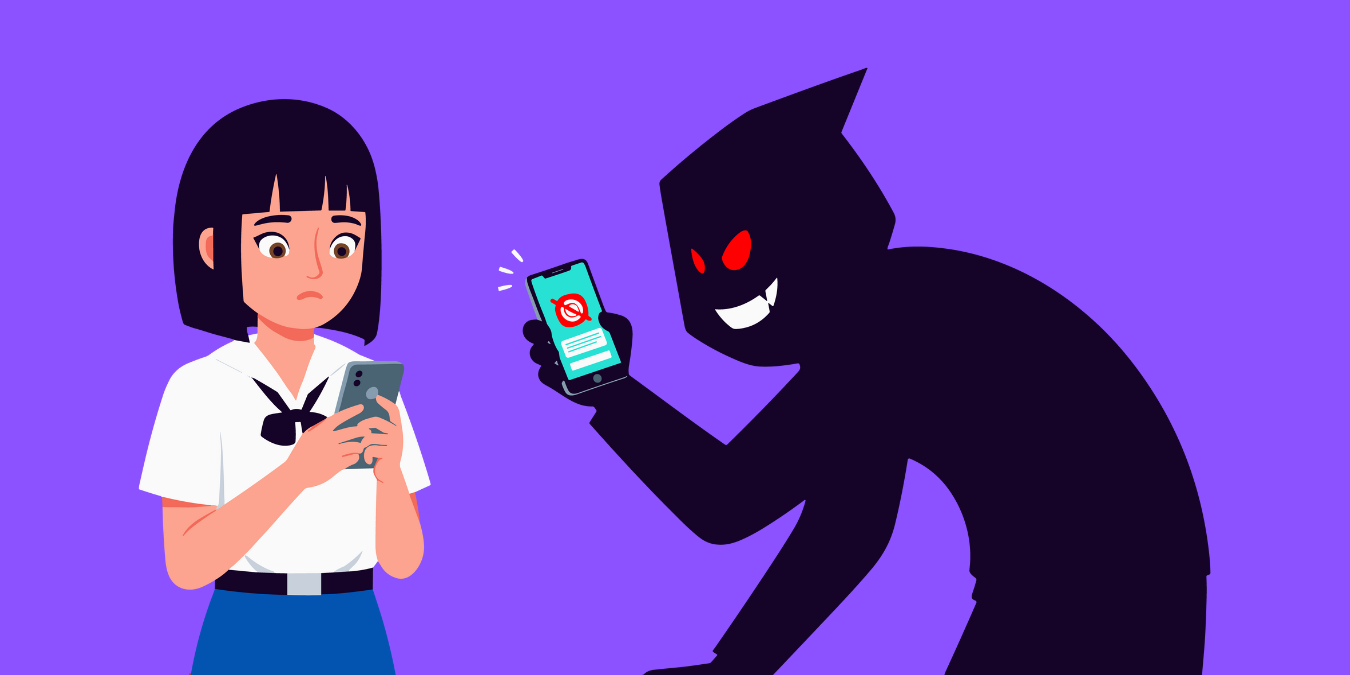
India Clamps Down on UPI Fraud: New Restrictions on Collect and Autopay Features
-

ICICI Bank’s 2026 Shock: Fees Up, Rewards Slashed – Your Wallet Hit?
-

What If 7.15% Home Loans Could Save You ₹20 Lakh Without Changing Your Lifestyle?





